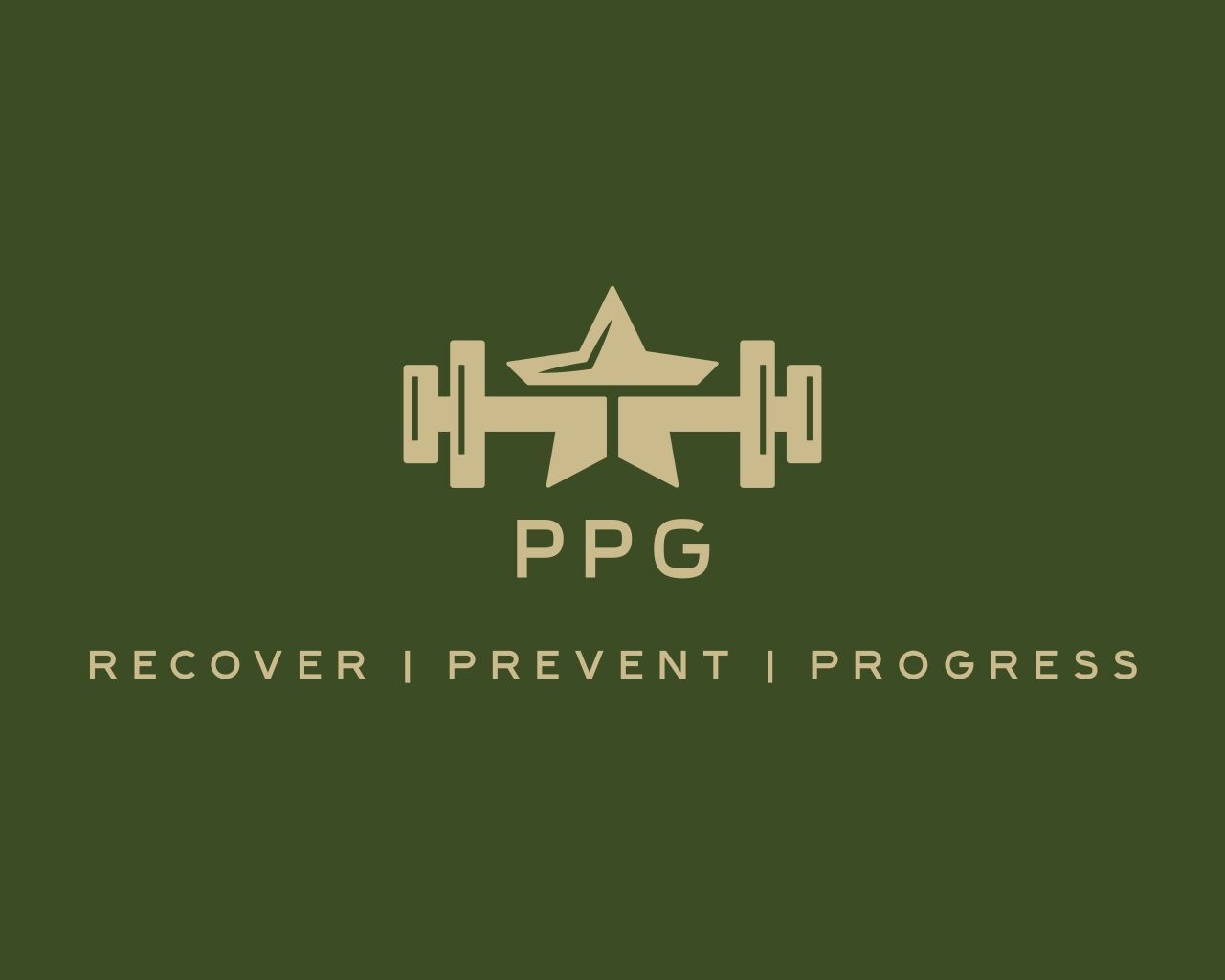The Prevent Pro Gear Philosophy
Muscle imbalances are a common issue that can affect anyone, regardless of their activity level. They occur when there's an uneven development or strength in opposing muscle groups, leading to various problems like pain, poor posture, and increased injury risk. Fortunately, understanding the causes and implementing corrective strategies can help you recover, prevent future imbalances, and progress in your physical endeavors.
What Causes Muscle Imbalances?
Several factors contribute to muscle imbalances, as outlined by the NASM Essentials of Sports Performance Training (2010):
Pattern Overload: Repeatedly performing the same movements can overdevelop some muscles while underutilizing others.
Poor Technical Skill: Incorrect form during exercises or activities can lead to uneven muscle engagement.
Aging: As we age, muscle mass and strength can decline unevenly.
Decreased Recovery and Regeneration: Insufficient rest can hinder muscle repair and lead to imbalances.
Repetitive Movement: Similar to pattern overload, repetitive actions can create strength discrepancies.
Lack of Core Strength: A weak core can compromise stability and force other muscles to compensate.
Immobilization: Periods of inactivity, such as after an injury, can cause muscle atrophy in affected areas.
Cumulative Trauma: Repeated minor injuries can lead to chronic imbalances.
Lack of Neuromuscular Control: This refers to the brain's ability to coordinate muscle movement. Issues can include:
Not controlling the knee joint.
Maintaining balance while standing on one leg.
Improving agility, coordination, and reaction time with agility ladder drills.
Postural Strength: Poor posture can lead to muscles adapting to shortened or lengthened positions, causing imbalances.
The Three Pillars of Correction: Recover, Prevent, Progress
Addressing muscle imbalances involves a three-pronged approach:
1. Recover: Alleviating Trigger Points and Tightness
One of the most effective ways to begin recovery is through myofascial release. This technique targets "trigger points" – tight, painful knots in your muscles. The red hill depicted in the image likely represents a common trigger point, and techniques like using a massage gun, a golf ball, or a foam roller can help release this tension. These tools work by applying pressure to the tight areas, promoting blood flow, and reducing muscle stiffness. Remember to focus on the large muscle groups that are often tight, such as the glutes, hamstrings, and calves.
2. Prevent: Dynamic Warm-ups and Static Stretching
Preventing future imbalances involves incorporating specific warm-up and cool-down routines:
Dynamic Warm-ups: Before any workout, perform dynamic movements that mimic the exercises you're about to do. This includes activities like sprints, high knees, butt kicks, leg swings, and arm circles. Dynamic warm-ups increase blood flow and flexibility, preparing your muscles for activity and reducing the risk of strain.
Static Stretching: After your workout, engage in static stretches, holding each stretch for 30-45 seconds. This helps lengthen muscles, improve flexibility, and remove metabolic waste products that accumulate during exercise. Focus on stretching the muscles that tend to become tight from your activities.
3. Progress: Overload and Mastery
Once you've addressed immediate pain and tightness, the focus shifts to progress. This involves:
Overload: Gradually increase the demands on your muscles through progressive overload. This means consistently challenging your muscles with heavier weights, more repetitions, or increased resistance. The key is to do this in a controlled manner, ensuring proper form to avoid new imbalances.
Mastery: True progress involves mastering movements and efficiently engaging the right muscles. This often requires a deeper understanding of proper form and neuromuscular control. As stated in the article, "Developing your bodies movements and micromovements takes a long time to develop to know when to lift and when not to." This emphasizes the importance of consistent practice and mindful movement to solidify your gains and prevent imbalances from recurring.
Hydration: An Often-Overlooked Factor
While not directly related to muscle imbalances, hydration plays a crucial role in overall muscle health. Many people don't drink enough fluids, leading to dehydration. Dehydration can cause muscles to cramp, reduce performance, and hinder recovery. Aim to drink water consistently throughout the day, even if you don't feel thirsty, and replenish fluids lost during exercise.
By diligently applying these principles of recovery, prevention, and progressive overload, you can effectively address muscle imbalances, enhance your physical performance, and improve your overall well-being. Remember, consistency is key to achieving lasting results.
Conclusion
In conclusion, muscle imbalances are a prevalent issue that can negatively impact an individual's physical performance and overall well-being. They stem from a variety of factors, including repetitive movement, poor posture, and inadequate rest. However, these imbalances are correctable through a structured approach centered on three key pillars: Recover, Prevent, and Progress. By actively addressing trigger points and muscle tightness, incorporating proper warm-ups and stretches into a routine, and progressively overloading and mastering movements, individuals can effectively correct existing imbalances and prevent future ones. Furthermore, maintaining proper hydration is a simple yet crucial factor in supporting muscle function and recovery. By adopting this holistic approach, one can not only improve physical performance and reduce the risk of injury but also enhance overall quality of life.
Recover | Prevent | Progress
Prevent Pro Gear LLC.





